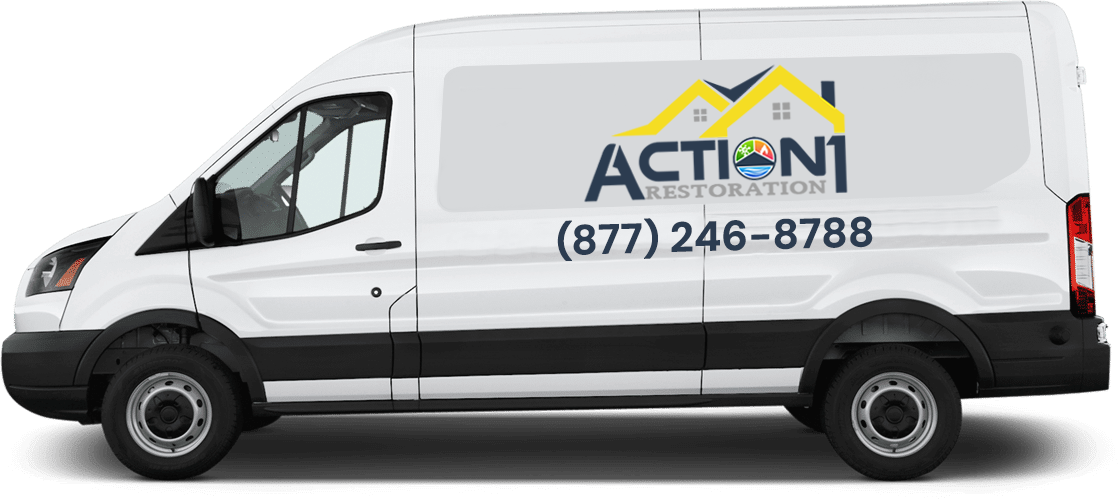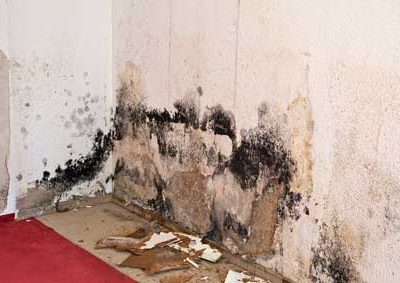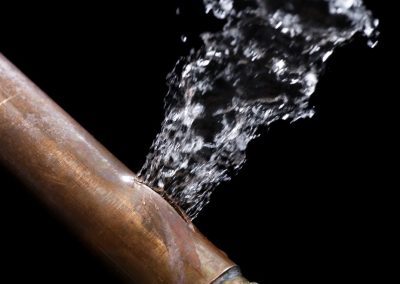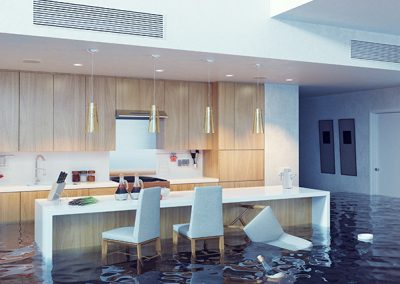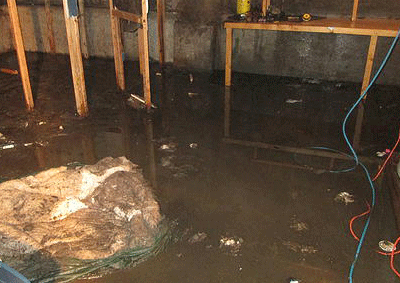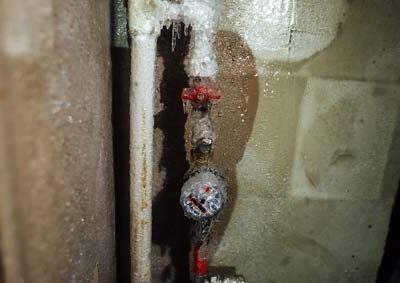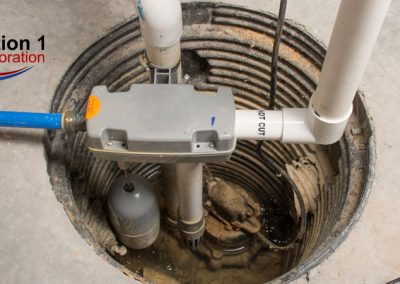What is a Sump Pump and Why You Need One?
Call Us Today- Home
- /
- Water Damage
- /
- Sump Pump
Sump pumps come in different types, with submersible and pedestal being the most common varieties. Submersible pumps sit below the water at the base of your sump pit, requiring a larger basin, while pedestal pumps have the motor positioned above the water. Most residential models offer pumping capacities up to 4,400 gallons per hour, providing sufficient protection for average homes during heavy rainfall or snowmelt.
We understand that seeing a sump pump in a potential home purchase might raise questions about water issues. While it’s true that homes with existing water problems benefit from having a sump pump, many homes have them installed as a preventative measure. Rather than viewing it as a red flag, consider it as responsible home maintenance—similar to having gutters or a backup generator.
What is A Sump Pump?
What are the Types
Pedestal pumps have their motor positioned above the sump pit, with only the pump portion extending into the water. This design allows for easier maintenance and typically costs less, though they tend to be noisier than submersible models.
Most modern sump pumps include float switches that activate automatically when water reaches a certain level in the basin. The pump then moves collected groundwater through a discharge pipe that directs it away from your home’s foundation.
We recommend choosing a pump with a battery backup system to ensure continuous operation during power outages, when flooding risks are often highest.
How Does a Sump Pump Work?
The heart of most residential sump pump systems is the float switch. This mechanism rises with the water level and triggers the pump when it reaches a predetermined height. Think of it like a toilet tank float, but instead of stopping water, it starts the pumping process.
Most sump pumps use an electric motor ranging from 1/3 to 1/2 horsepower for residential applications. When activated, the motor powers an impeller (a rotating device) that creates centrifugal force to push water up through the discharge pipe.
The discharge pipe carries water away from your foundation, typically emptying at least 10-20 feet from your home. This distance helps ensure the water doesn’t simply cycle back into your basement.
Sump pump efficiency depends on several factors, including motor strength, pipe diameter, and overall system design. Modern pumps typically can move between 1,500-4,000 gallons per hour.
We’ve found that most residential sump pump systems include a primary pump and often a battery backup system. This redundancy ensures protection during power outages when flooding risk is often highest.
Do I Need One For My Home?
The most obvious sign that you need a sump pump is if your basement has flooded before. Previous flooding indicates vulnerability that should be addressed with proper waterproofing measures, including a sump pump installation.
Your local water table plays a crucial role in determining necessity. Sump pumps protect your basement from rising groundwater, especially during rainy seasons when the water table can fluctuate significantly.
The geography of your property matters too. Homes built on low-lying areas or with basements below the water table typically benefit from having a sump pump as part of their waterproofing system.
Climate conditions in your region should be considered. Areas with heavy rainfall or rapid snowmelt often experience more basement water intrusion problems that sump pumps can effectively manage.
We recommend consulting with a professional plumber to evaluate your specific situation. They can assess your basement’s vulnerability to water damage and recommend appropriate solutions.
Preventative installation is often wise even if flooding hasn’t occurred. The cost of a sump pump installation is significantly less than repairing water damage and dealing with potential mold issues later.
Regular maintenance of your sump pump ensures it functions properly when needed. This includes checking the pump, backup systems, and discharge lines several times per year.
Reasons Why Customers
Choose Our Experienced Team

Upfront pricing

Highly rated team

Decades of experience

Skilled and trained technicians

24/7 emergency services

Eco-Friendly & saving solutions

1000's of satisfied customers

Certified and trained techs

We work with your insurance company

Discount services & savings
Learn More About Our
Related Articles
